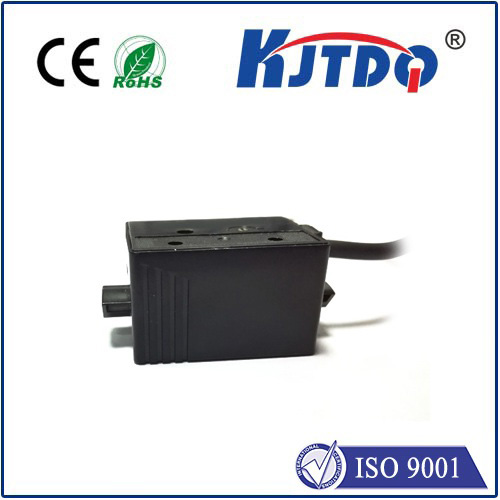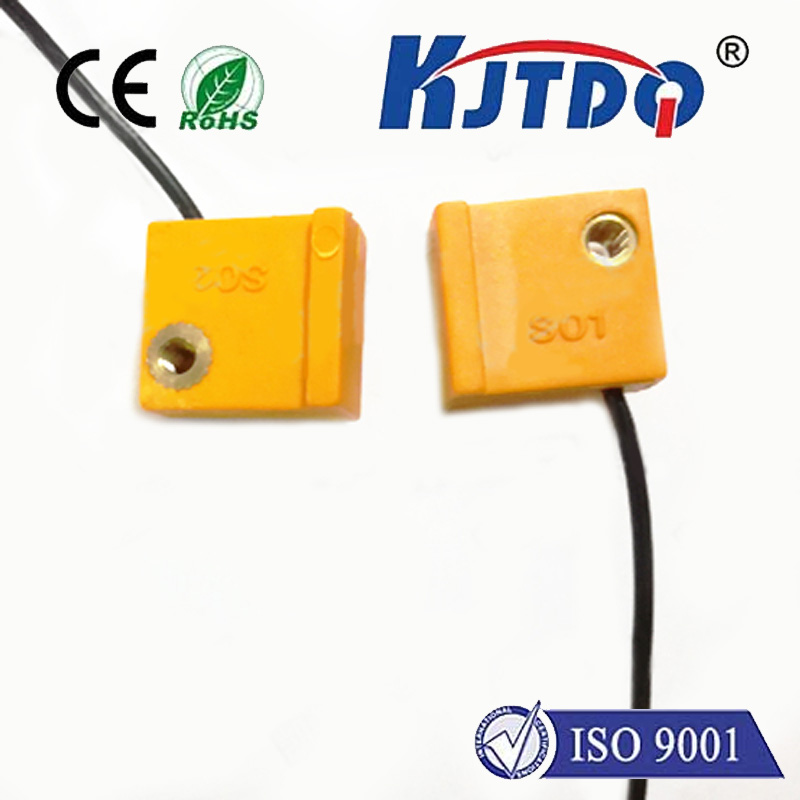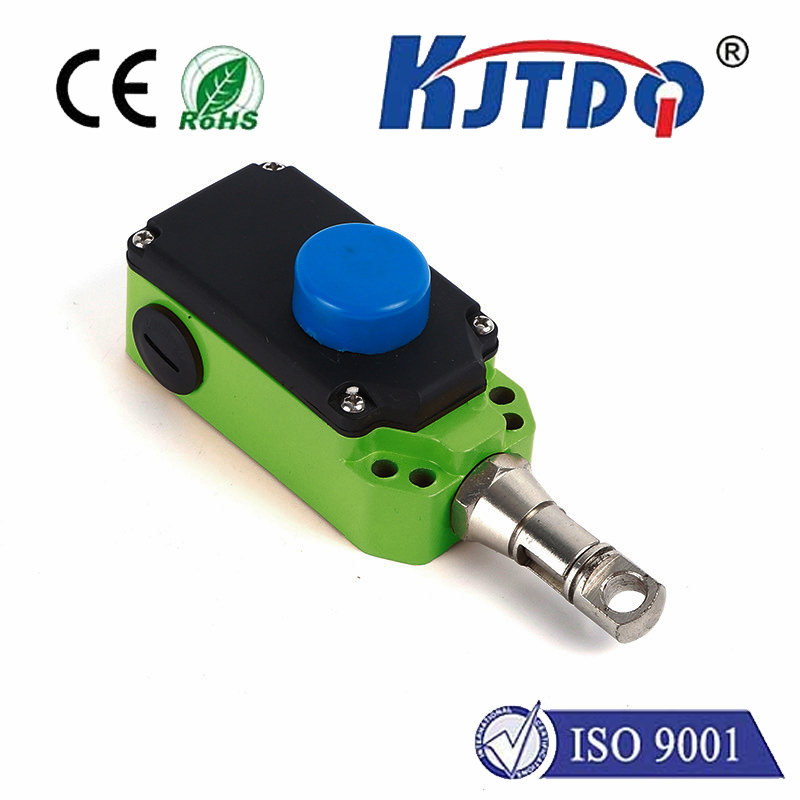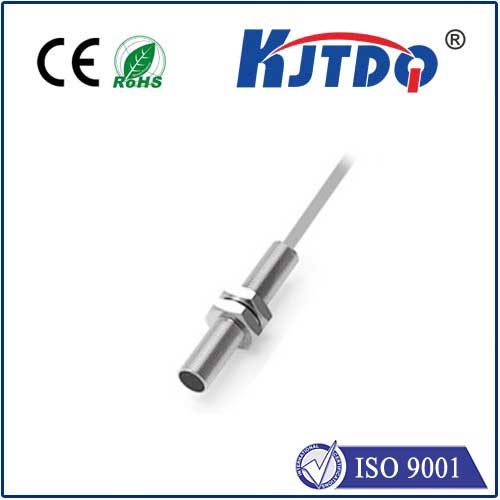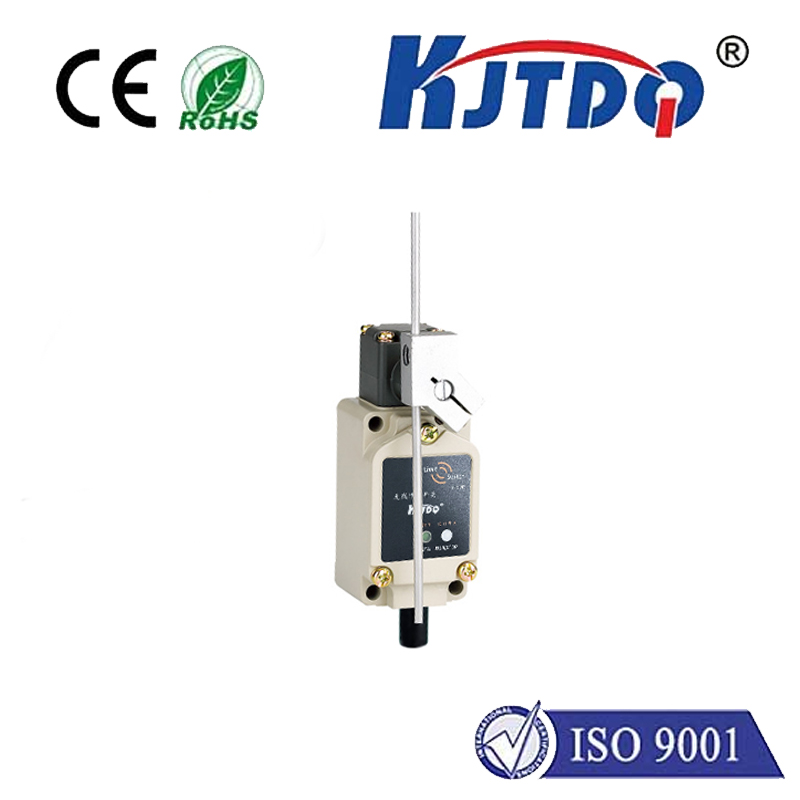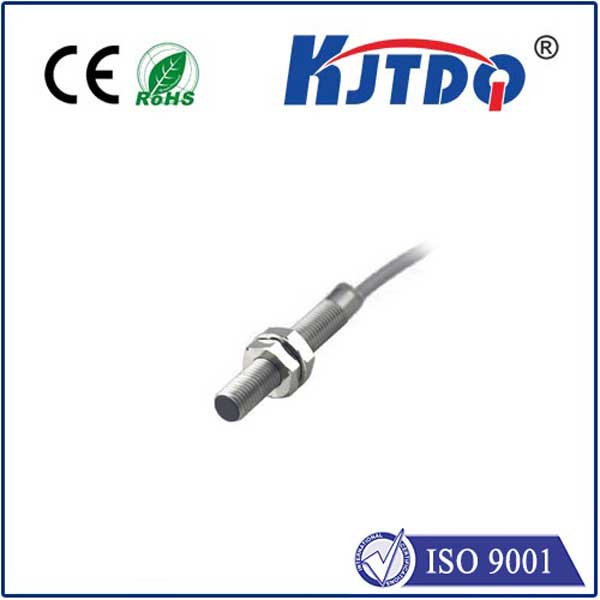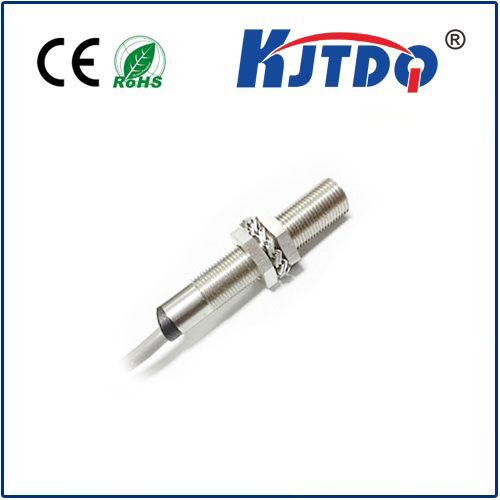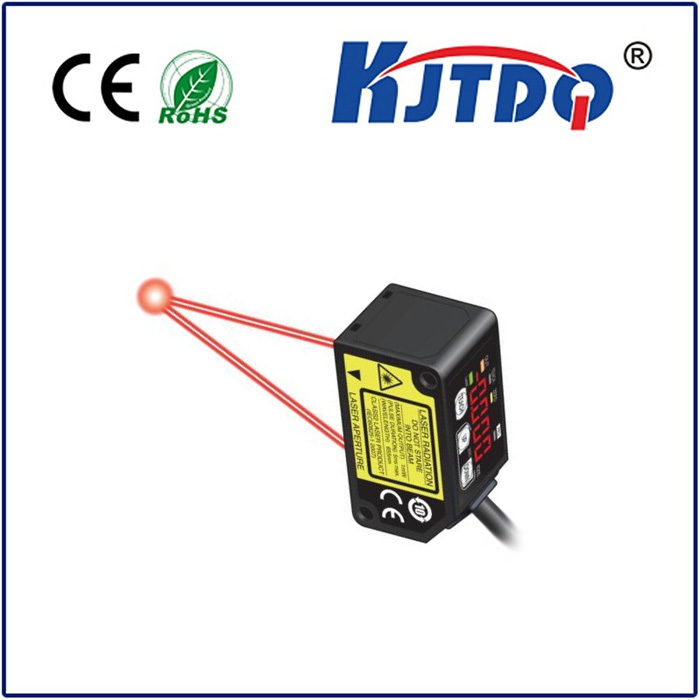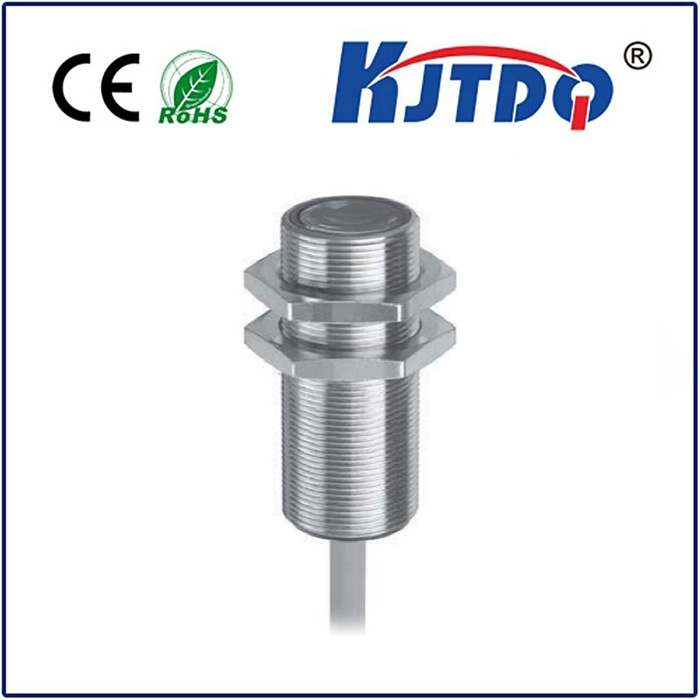capacitive distance measurement proximity sensor
- time:2024-12-18 03:21:59
- Нажмите:0
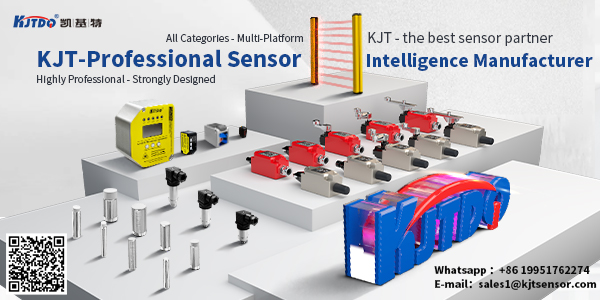
Capacitive Distance Measurement: A Revolution in Proximity Sensing Technology
The realm of technology has witnessed remarkable advancements, and one such groundbreaking innovation is the capacitive distance measurement proximity sensor. This cutting-edge tool has been transforming the way we perceive and utilize space in various industries. In this article, we will delve into the intricacies of capacitive distance measurement, explore its applications, and understand why it stands out as a game-changer in the domain of proximity sensing technology.
Understanding Capacitive Distance Measurement
Capacitive distance measurement operates on a principle that involves detecting changes in capacitance caused by an object’s presence or absence within a certain range. When an object comes near the sensor, it alters the electric field around the sensor’s plates, thereby changing the capacitance value. This change is then meticulously measured to determine the distance between the object and the sensor.
At its core, the capacitive proximity sensor consists of two conductive plates separated by an insulating material, forming a capacitor. The introduction of an object modifies the electrostatic field between these plates, leading to a shift in capacitance that can be correlated with distance. This method allows for precise and contactless distance measurements, making it an ideal choice for various applications where accuracy and reliability are paramount.
Applications of Capacitive Distance Measurement Proximity Sensors
- Промышленная автоматизация: Capacitive proximity sensors are extensively used in manufacturing and industrial environments to monitor and control machinery operations. They ensure safety by detecting the presence of objects or humans too close to hazardous equipment, thereby preventing accidents and improving overall efficiency.
- Robotics and Autonomous Vehicles: In robotics and autonomous driving systems, these sensors play a crucial role in navigation and obstacle avoidance. By accurately measuring distances, they enable robots and vehicles to make informed decisions, enhancing their capability to operate safely in dynamic environments.
- Consumer Electronics: From smartphones to home automation systems, capacitive proximity sensors are ubiquitous. They facilitate touch screen functionality, enabling users to interact seamlessly with devices. Additionally, they enhance user experience by enabling features like auto screen brightness adjustment based on ambient lighting.
- Medical Devices: In the healthcare sector, these sensors contribute to more accurate diagnostics and patient care. They are employed in imaging technologies and monitoring systems to ensure precise measurements, vital for medical procedures and patient recovery processes.
- Environmental Monitoring: Environmental scientists leverage capacitive distance measurement sensors for precise level detection in liquids or granular materials. This application is pivotal in managing resources efficiently and ensuring environmental sustainability.
Why Choose Capacitive Distance Measurement Proximity Sensors?
One of the most compelling reasons for adopting capacitive distance measurement proximity sensors lies in their non-contact nature. Unlike traditional measurement methods that require physical interaction, these sensors offer a gentle yet effective alternative, minimizing wear and tear on both the sensor and the detected object. Furthermore, their robust design ensures durability even in harsh conditions, making them suitable for a wide range of environments.
Additionally, capacitive sensors are highly versatile, capable of detecting various materials including metals, plastics, glass, and liquids. Their adaptability across different mediums makes them indispensable in multifaceted applications requiring versatility and precision.
In conclusion, the advent of capacitive distance measurement proximity sensors represents a significant leap forward in sensing technology. By providing accurate, reliable, and non-contact measurements, they have redefined how we interact with our surroundings across multiple industries. As technology continues to evolve, we can anticipate even broader applications and further refinements, enhancing our ability to measure and understand the world around us with greater precision.

